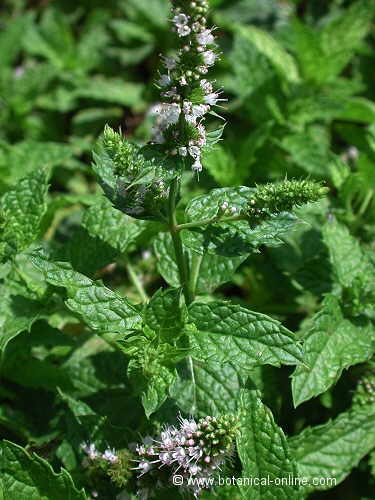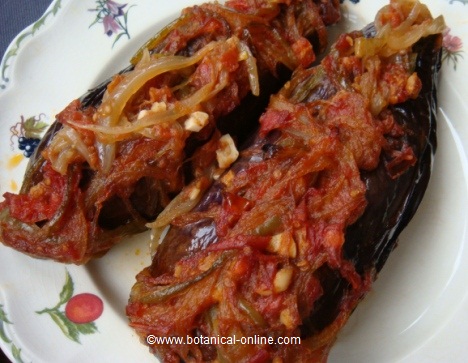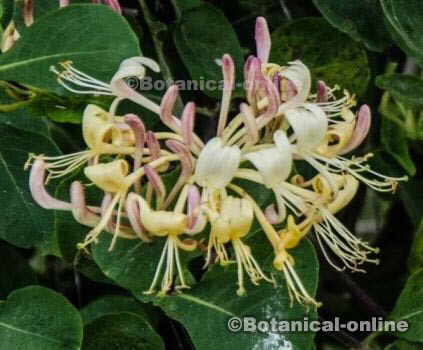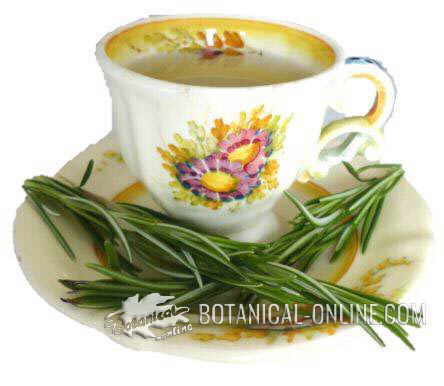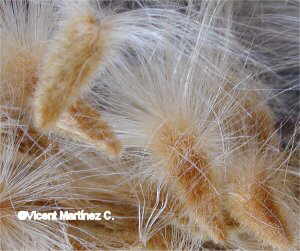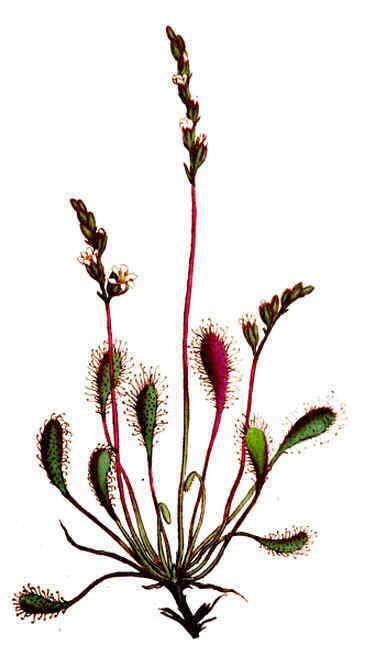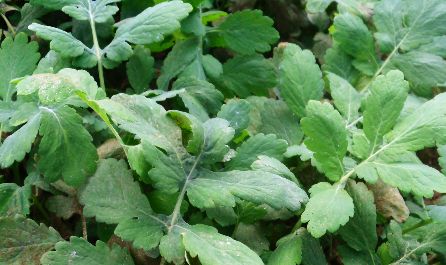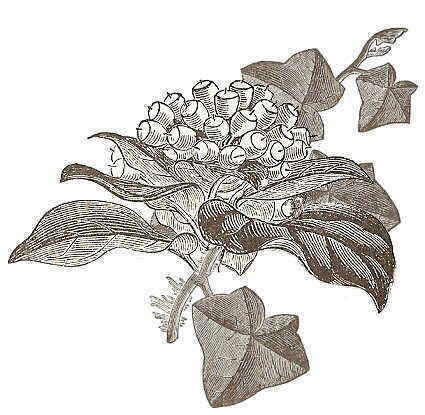Contents
Spices and plants to replace the use of saffron
What other coloring ingredients can saffron be substituted for?
Saffron (Crocus sativus) is a very delicate
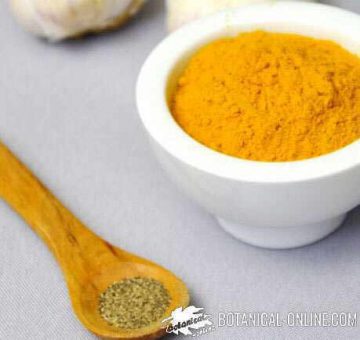
and expensive spice, which is used to flavor and color culinary preparations. Because of its artisan cultivation, this spice becomes a select ingredient.
Problems or disadvantages of using saffron
Better known as “red gold,” saffron can be difficult to find at regular retail locations.
However, there are some natural foods that can help us achieve culinary results similar to saffron, at a cheaper price, although very different on a sensory level.
What type of plant is turmeric?
Turmeric (Curcuma longa) is a plant in the same family as ginger, which uses its dried, ground rhizome as a coloring. It has a spicy, slightly bitter, soft and warm flavor; along with a coloring principle, called curcumin (E 100)(This spice also has beneficial properties for the liver.)
Curry
Spicy blend of spices, native to India. Thanks to the high content of turmeric, curry can be a substitute for saffron, with a spicy flavor and yellow coloring power, due to its curcumin content. Curry is a spice with a high antioxidant power.
Annatto, another possible substitute for saffron
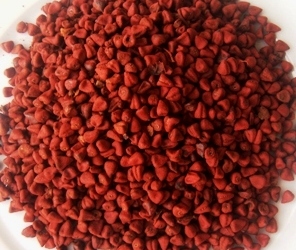
Annatto (Bixa orellana) is a fruit originating in South America, which has the same coloring principle as saffron, crocetin. Annatto had been used in ancient times as a coloring spice for red wine. Even today it is a common ingredient in the cuisine of Colombia, Mexico, Peru and the Andes Mountains.
Safflower flowers
Safflower flowers (Carthamus tinctorius) are used for coloring and medicinal purposes.
The flowers have a coloring principle, called carthamin, used to make, “Spanish red” a cosmetic product based on talcum powder and safflower flower, used to color the cheeks. Added to culinary preparations, safflower flower can also dye our dishes a nice orange color. Sometimes this substitute has been used to adulterate authentic saffron. It also has medicinal properties.
Mullein flowers
The mullein flower (Verbascum longifolium) has a natural pigment, crocetin, which was used in ancient times to dye garments and some drinks. However, due to their saponin content, they should be used sparingly. The flowers do not contain coumarins, unlike the rest of the plant.
![]() More information on saffron
More information on saffron

